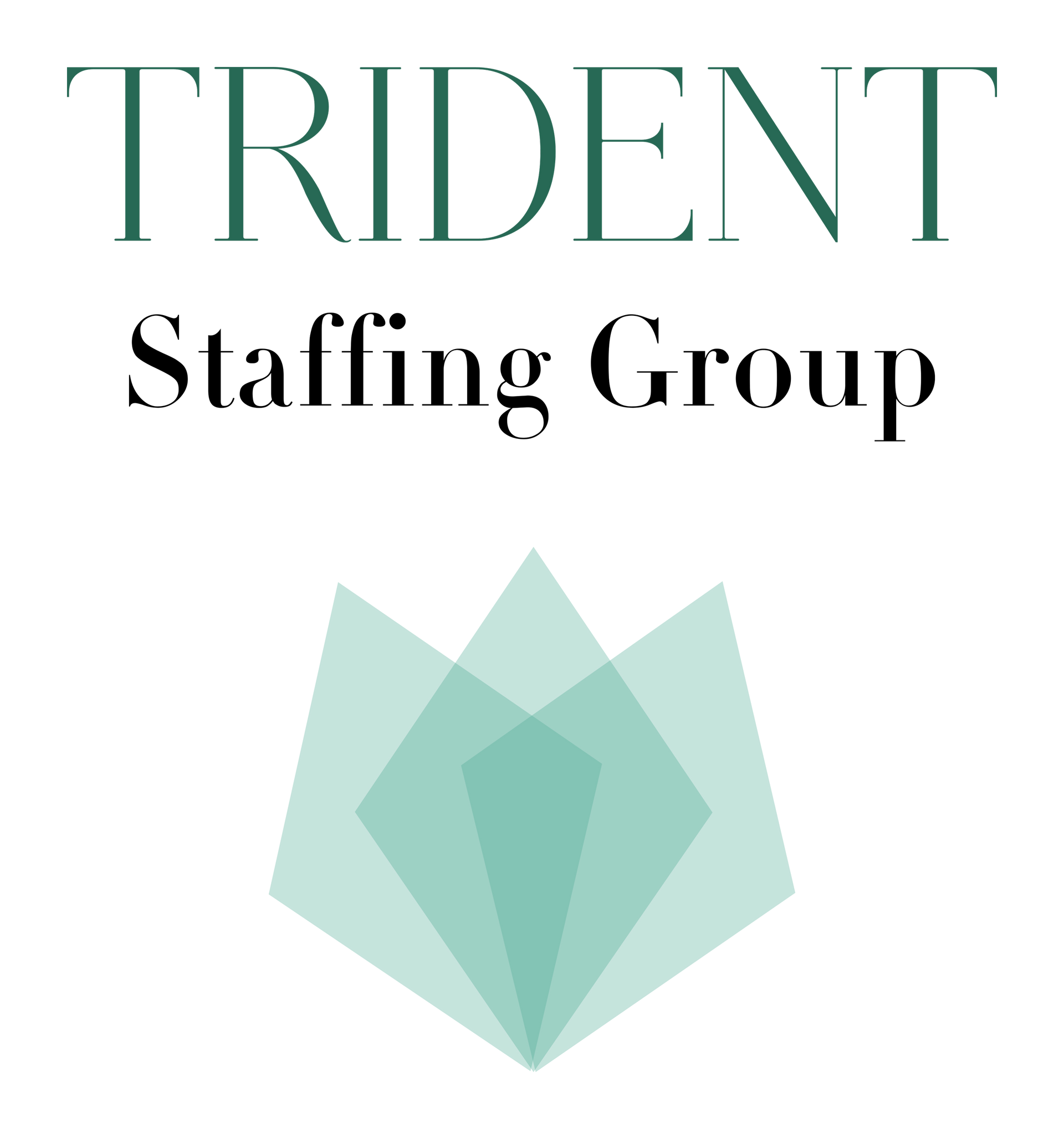Navigating Diversity and Inclusion in the Hiring Process
Strategies, Challenges, and Triumphs in Building an Inclusive Workforce

In an era where diversity and inclusion are recognized as key drivers of organizational success, navigating the hiring process with a commitment to diversity is not just a trend but a strategic imperative. Creating a workplace that values and celebrates differences starts with the recruitment stage. Here's a comprehensive guide on navigating diversity and inclusion in the hiring process.
Cultivate Inclusive Job Descriptions
Craft job descriptions that appeal to a diverse pool of candidates. Use gender-neutral language, focus on the essential skills and qualifications, and emphasize your commitment to diversity. Avoid unnecessary requirements that might discourage qualified individuals from applying.
Diverse Sourcing Strategies
Expand your sourcing strategies to reach a broader and more diverse candidate pool. Attend job fairs, conferences, and events that cater to underrepresented groups. Leverage specialized job boards and platforms that focus on diversity and inclusion, ensuring your openings reach a diverse audience.
Inclusive Interview Panels
Ensure your interview panels are representative of the diverse talent you aim to attract. A diverse group of interviewers brings varied perspectives to the evaluation process and helps reduce unconscious bias. This step contributes to candidates feeling more at ease and understood during interviews.
Implement Blind Recruitment Practices
Consider implementing blind recruitment practices, where personal information such as names, gender, and age is temporarily removed from resumes during the initial screening process. This helps mitigate unconscious biases, ensuring candidates are evaluated based on their skills and qualifications.
Emphasize Inclusive Onboarding
The hiring process extends beyond the offer letter. Develop inclusive onboarding processes that make all new hires feel welcome and valued. Provide resources and training on diversity and inclusion, making it clear that your organization is committed to fostering an inclusive workplace culture.
Leverage Diversity and Inclusion Metrics
Establish measurable goals for diversity and inclusion in your hiring process. Track key metrics such as the diversity of your applicant pool, interviewees, and ultimately, those hired. Regularly analyze this data to identify areas for improvement and celebrate successes in building a diverse workforce.
Offer Diversity and Inclusion Training
Provide training for your hiring teams on unconscious bias, diversity, and inclusion. Equip recruiters and interviewers with the knowledge and skills needed to create a fair and inclusive hiring process. This training should be ongoing, fostering a continuous learning culture.
Engage in Community Outreach
Build relationships with community organizations and institutions that focus on diverse populations. Engage in outreach programs to connect with potential candidates, participate in mentorship initiatives, and contribute to initiatives that support underrepresented groups in your industry.
Establish Diversity Partnerships
Forge partnerships with organizations that specialize in promoting diversity and inclusion in the workplace. Collaborate with diversity-focused professional groups, non-profits, and educational institutions to tap into their networks and attract a more diverse talent pool.
Encourage Employee Referrals from Diverse Networks
Encourage employees to refer candidates from their diverse networks. Employee referrals are a powerful source of talent, and actively involving your existing team in the recruitment process helps create a more inclusive environment.
Showcase Your Commitment
Make your commitment to diversity and inclusion visible in your recruitment materials, website, and employer branding. Clearly communicate your organization's values and initiatives to create an inclusive workplace. Potential candidates should feel that your commitment to diversity goes beyond words and is deeply embedded in your organizational culture.
In conclusion, navigating diversity and inclusion in the hiring process requires a holistic and intentional approach. By implementing these strategies, organizations can build a workforce that reflects the richness of diverse perspectives, experiences, and backgrounds. Ultimately, fostering an inclusive hiring process not only attracts top talent but also contributes to a workplace where every individual feels valued and has the opportunity to thrive.
Blog
a b c d e f g h i j k l m n o - Do not remove from template!!! it is important to support different fonts



